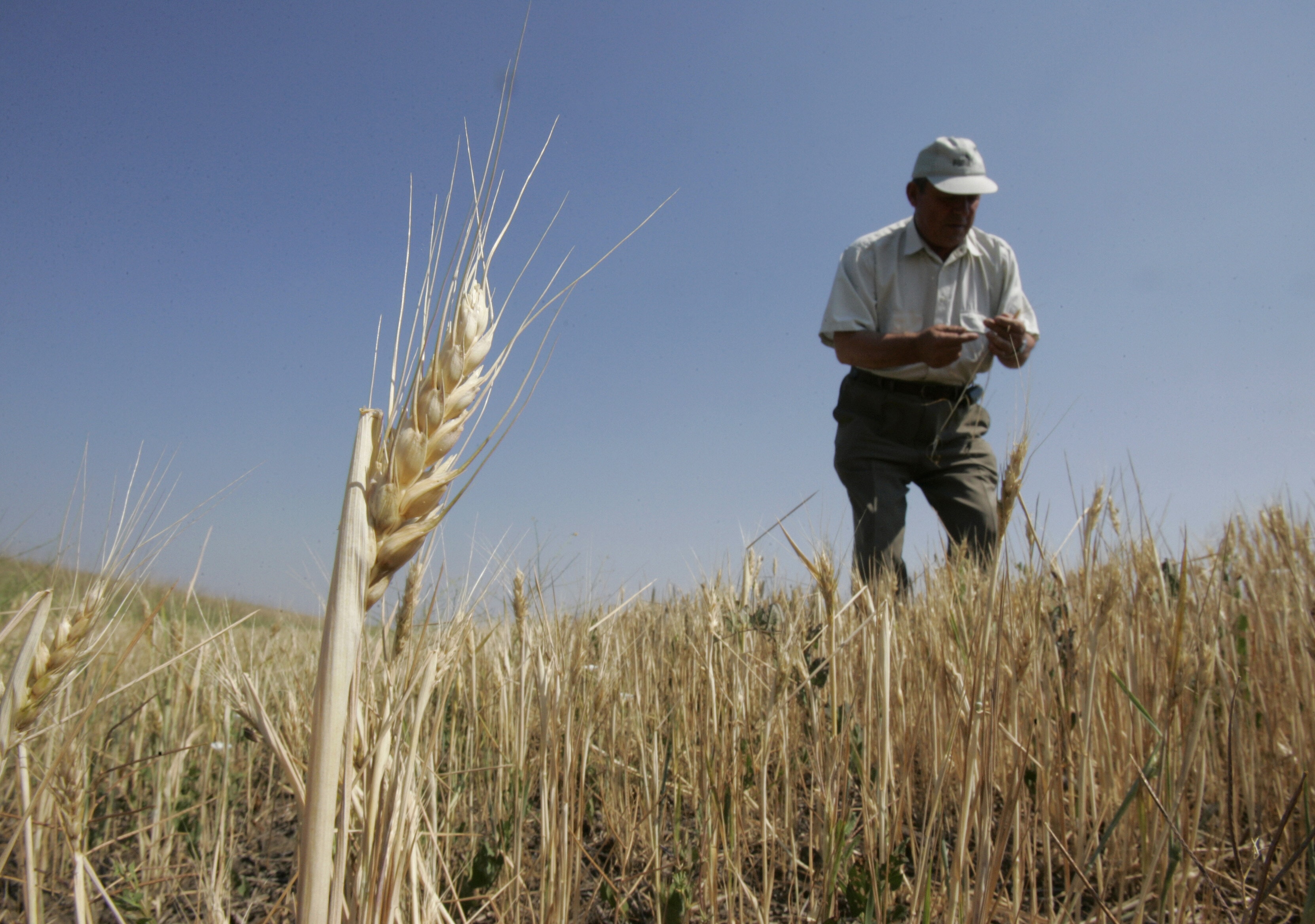Why are wild animals developing antibiotic resistance?

Stay up to date:
Future of Global Health and Healthcare
Antibiotics are responsible for much of the gain in life expectancy in the 20th century. But we take a lot of antibiotics—and bacteria is evolving resistance to them. Every year 23,000 Americans die from antibiotic-resistant infections, for example, compared to 15,000 who die from AIDS.
And their use in livestock today is even greater than in humans. Even wild animals in Botswana are showing resistance to antibiotics. In Chobe National Park and two villages in northern Botswana, all kinds of species—including leopards, giraffes and elephants—showed some degree of resistance. Nearly half the fecal samples of 18 species carried antibiotic-resistant bacteria, according to Virginia Tech research published in the Journal of Wildlife Diseases.
Multi-drug resistance among semi-aquatic species, such as hippos and otters, points to contaminated water as the most likely source. These drugs make their way in to the water source because of excess use by humans and livestock. Consuming diluted amounts of a drug is often the perfect way for bacteria to evolve resistance.
And the abuse is only going to come back to bite us. Bacteria gets passed on, as species lower down the food chain become prey to predators. Eventually, as apex predators, drug-resistant bacteria eventually infects humans, too. That said, the Virginia Tech researchers believe that learning how drug resistance spreads in the wild, such as in Botswana, holds lessons for controlling its spread.
If we don’t do anything, antibiotic resistance is estimated to cost $100 trillion by 2050. The £10-million ($15.6-million) Longitude Prize, announced in 2014 to find a solution to cutting the use of antibiotics, remains unclaimed. Let’s hope someone finds an answer it before it’s too late.
This article is published in collaboration with Quartz. Publication does not imply endorsement of views by the World Economic Forum.
To keep up with Agenda subscribe to our weekly newsletter.
Author: Akshat Rathi is a reporter for Quartz in London.
Don't miss any update on this topic
Create a free account and access your personalized content collection with our latest publications and analyses.
License and Republishing
World Economic Forum articles may be republished in accordance with the Creative Commons Attribution-NonCommercial-NoDerivatives 4.0 International Public License, and in accordance with our Terms of Use.
The views expressed in this article are those of the author alone and not the World Economic Forum.
Forum Stories newsletter
Bringing you weekly curated insights and analysis on the global issues that matter.
More on Nature and BiodiversitySee all
Tom Crowfoot
August 20, 2025
Chavalit Frederick Tsao
August 19, 2025
Andrea Willige
August 15, 2025
Tom Crowfoot
August 14, 2025
James Balzer
August 14, 2025






